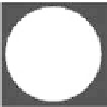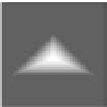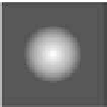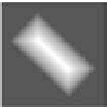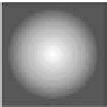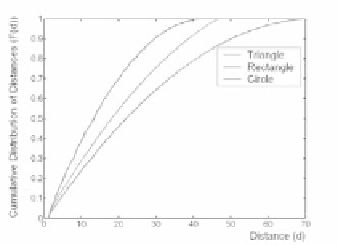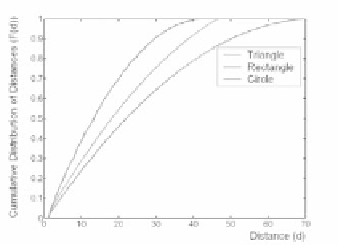Biomedical Engineering Reference
In-Depth Information
(a)
(b)
(c)
(d)
(e)
(f)
Figure 8.
Illustration examples of using the cumulative distribution to discriminate between
different shapes. From top to bottom: 1st row = six different objects; 2nd row = their
corresponding distance maps computed by the proposedMSFM technique; 3rd row = CDFs
of the left three shapes and those of the right three shapes.
See attached CD for color
version.
3.4. Image Registration
Registration is a major component in many medical image analysis applica-
tions. Registration techniques can be categorized into two main families: feature-
based and intensity-based techniques. The methods rely on
extracting and matching salient anatomical structures from images (edges, con-
feature-based
tours line intersections, corners, etc.). The intensity-based methods are used directly
to match image intensities without any attempt to detect distinctive objects. A
major disadvantage of such methods is their sensitivity to intensity changes intro-
duced by noise, illumination variations, etc. Another limitation of intensity-based
methods is their inability to directly solve the problem of anatomical correspon-
dences, as image similarity does not necessarily imply accurate registration of the
underlying anatomy. This may be the case when registering brain images where
large areas (e.g. gray matter) have practically uniform intensity which makes it
hard to define correspondence and then results in false alignment. To cope with





